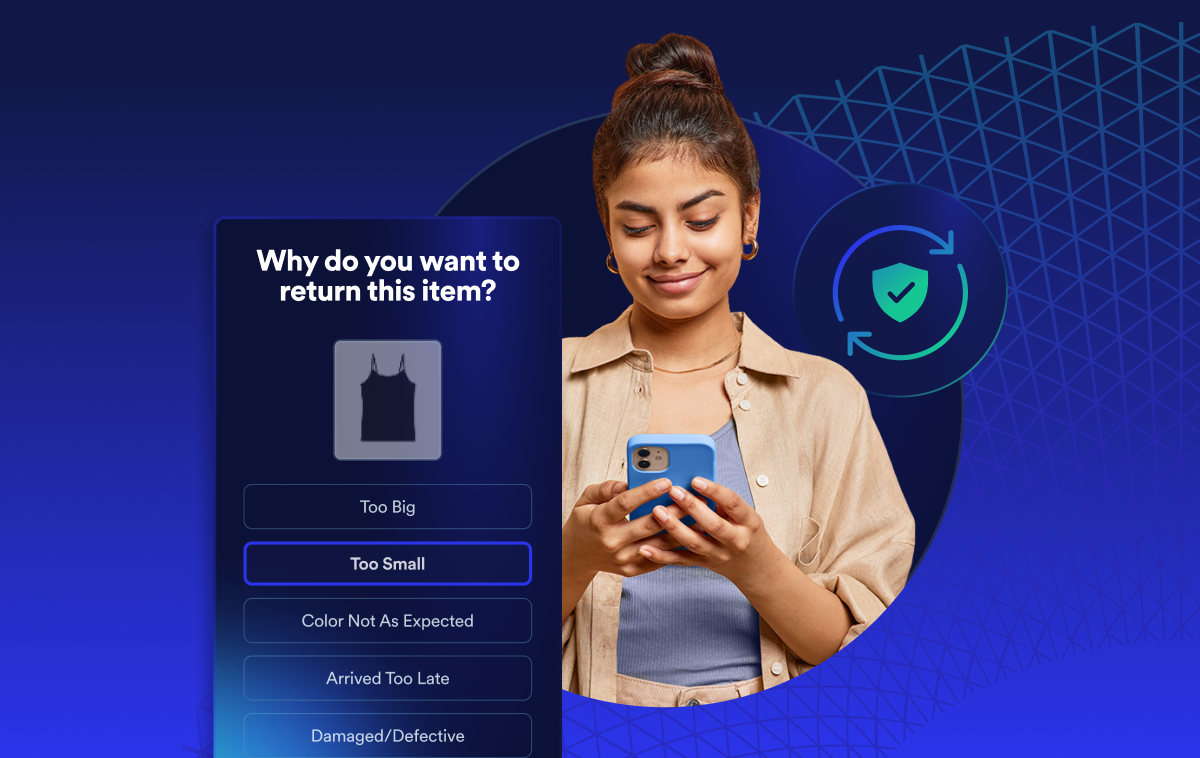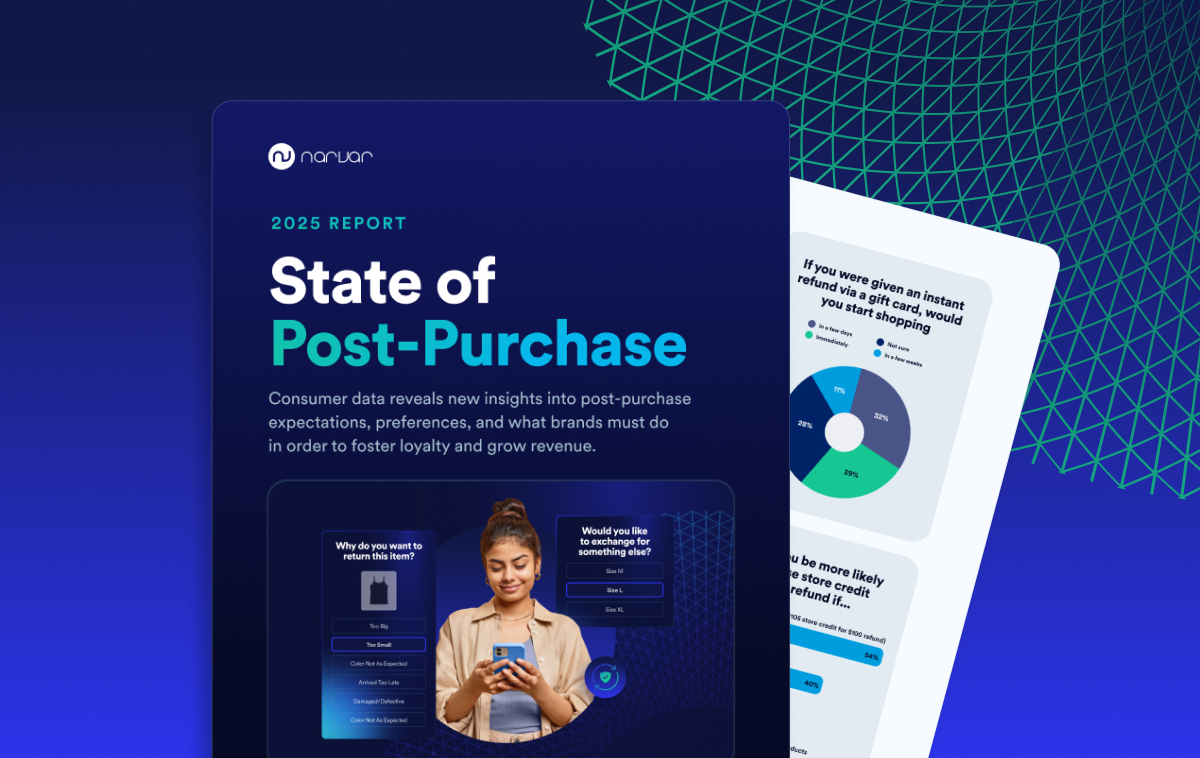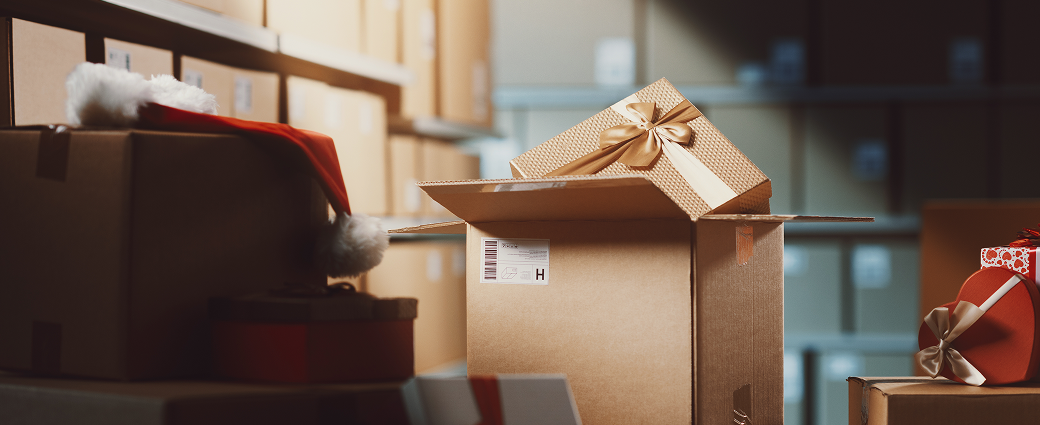
AI-powered delivery date estimates to boost conversion
Give shoppers peace of mind and protect and grow your bottom line
Personalized tracking experiences to build brand loyalty
Returns and exchanges management to mitigate fraud and reward best customers
Proactive communication to drive customer lifetime value
Delivery claim management to tackle fraud and build trust
Santa Sets the Standard for Peak-Season Operational Efficiency

From returns to delivery claims, these lessons from St. Nick keep operations merry, bright, and profitable.
Sure, peak season is tough on retailers. But at least you’re not Santa.
Can you imagine the pressure on that poor guy? For almost 1700 years he’s kept a tight schedule of toy-building, list-checking, and reindeer-feeding. He has 364 days to prep for 24 hours of non-stop delivery. What a logistics nightmare!
Yet, in Santa’s workshop, the elves are running one of the most efficient fulfillment centers in the world. Production is streamlined, inventory is tracked to the last teddy bear, and the sleigh’s delivery schedule is planned down to the minute.
The high cost of holiday delivery failure
But what if Santa got off-track one year and didn’t show up until December 30th?
- Black Friday would morph into Black Fortnight.
- Post-holiday returns would clash with pre-Christmas sales.
- Kids would question their beliefs and boycott the holidays.
- Santa’s Net Promoter Score would plummet.
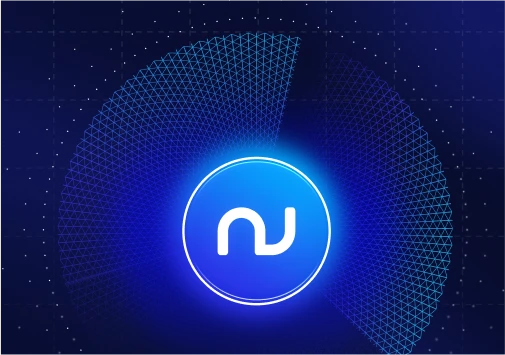
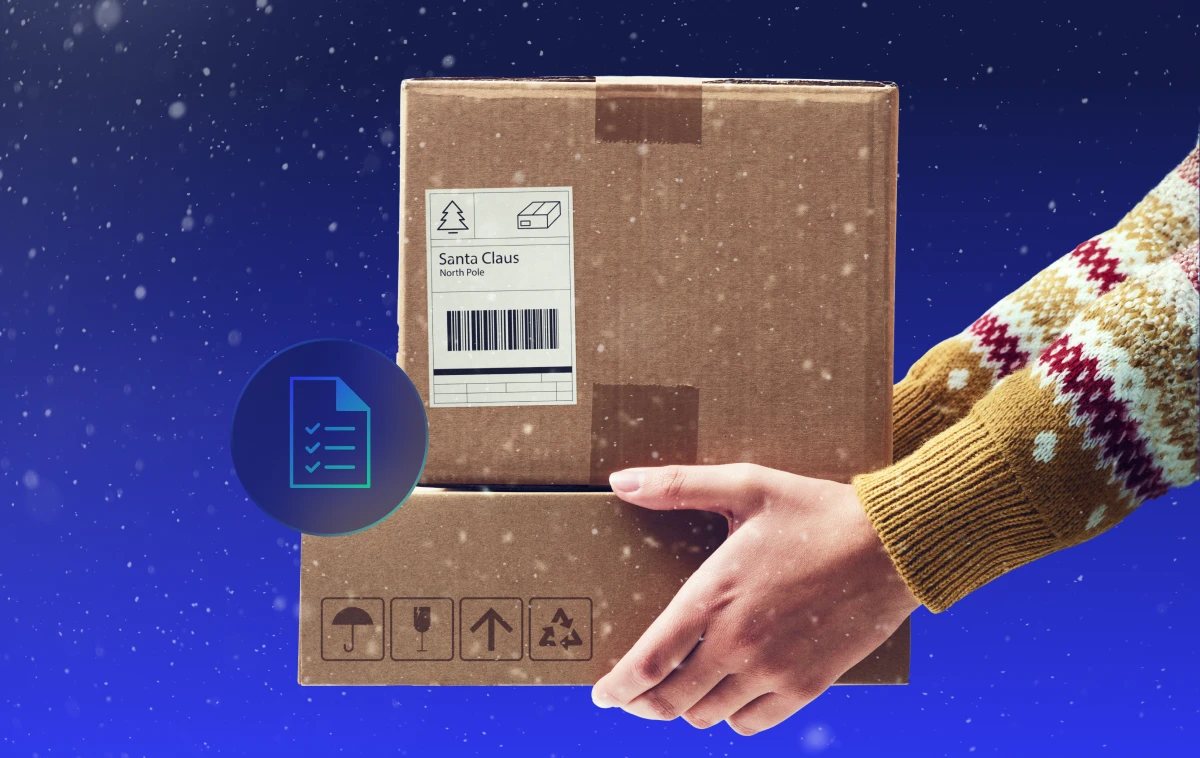
Win peak season with a smarter post-purchase strategy
Discover tactics that boost conversion, reduce returns, and streamline holiday operations.
In short: Santa missing Christmas would create a ripple effect across supply chains, consumer trust, and holiday traditions — basically a global case study in post-purchase experience gone wrong.
Luckily, Santa’s workshop is a perfect picture of peak-season operational efficiency: clear roles, organized assembly, and flawless delivery. Retailers who operate like Santa’s workshop — anticipating demand, removing bottlenecks, and hitting the delivery window — earn the same kind of trust and delight from consumers.
Santa efficiently delivers on his promises. So this year, be more like Santa.
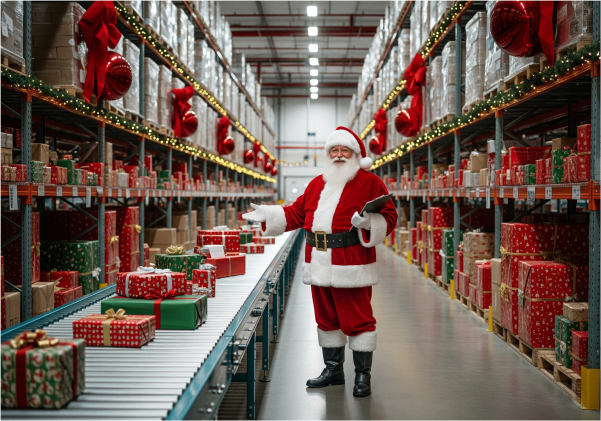
Why operational efficiency is key for holiday 2025
Operational efficiency in the post-purchase experience isn’t just a nice-to-have during the holiday season. It’s the key to turning a one-time holiday buyer into a loyal fan for the new year and beyond. This year, retailers’ post-purchase efficiency will be challenged by:
- Higher-than-ever consumer expectations. 83% say a poor post-purchase experience would make them think twice about buying from you again.
- Surging returns that challenge logistics. Holiday return rates can spike to 30%, nearly double the rest of the year. And 75% of consumers say a frustrating return experience would push them away for good.
- Consumers’ delivery anxiety. Porch piracy tends to surge during the holidays. With over 120 million packages stolen in the U.S. last year, shoppers are understandably anxious.
- Escalating return fraud. 52% of shoppers admit to committing return fraud at least once, and losses now exceed $103 billion annually. The challenge? Detect abuse without damaging the experience for honest consumers.
The goal here is simple: deliver seasonal joy without disruption. That means using automation, smart routing, and proactive tools to scale your operations without burning out your team or your budget.
There are some key moments in the post-purchase experience where retailers should increase peak-season operational efficiency to make things easier for both shoppers and employees. To do so, you need to think like Santa.
Tip # 1: Help gift-givers (and recipients) track their presents.
Making it easy for shoppers to track packages is essential to their peace of mind, and never more so than during the holiday season. The additional wrinkle is that more and more people are shipping gifts directly to loved ones, with 1 in 3 shoppers saying they’ve sent a gift straight to the recipient in the past year.
But that leads to more anxiety: 70% of gift-givers worry their package won’t arrive on time. Yet nobody wants the surprise ruined by sending the recipient a tracking link.
What would Santa do?
Every child has NORAD’s “Santa Tracker” bookmarked so they can follow their presents on Christmas Eve — it’s the ultimate order-tracking tool. They know exactly where Santa is and when he’ll arrive. That real-time visibility creates anticipation, excitement, and trust.
Use personalized tracking notifications to let shoppers know where their package is and when it will arrive. Instead of panicked calls to customer service, shoppers can simply check real-time updates themselves. That means fewer “stocking stuffer” inquiries piling up in support queues, more time for teams to focus on complex issues, and less need for costly extra staffing. That translates into cost savings and smoother operations during the busiest shopping time of the year.
In addition to personalized tracking notifications for the gift-buyers, use a solution that sends a special tracking link to gift-recipients that keeps item details and order info hidden. The gift stays a surprise, but the recipient is made aware that it’s coming and knows when to expect it. This cuts down on panicked questions like “Did it arrive?” or “Is the surprise ruined?”
What can retailers do? Shoppers crave delivery transparency. Providing detailed package tracking keeps shoppers informed, reduces “Where’s my order?” anxiety, and builds loyalty.
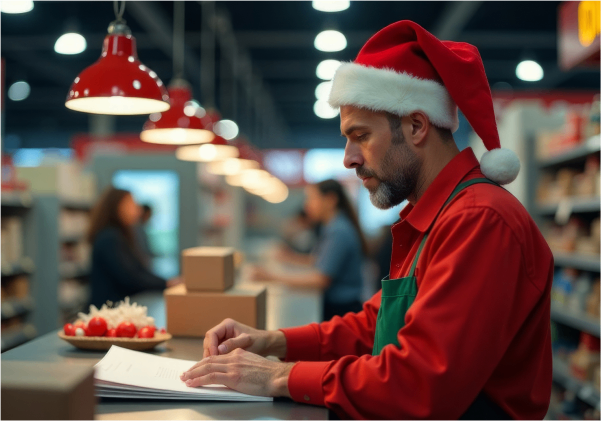
Tip #2: When things go wrong, offer proactive and self-service support.
When a holiday delivery DOES go sideways, every minute your team spends answering “Where is my order?” is a minute they’re not creating magical shopping moments.
First, it’s essential to use proactive notification to keep shoppers informed of any delivery glitches. According to McKinsey, 90% of consumers now prioritize delivery reliability over speed. In fact, nearly 90% are willing to wait 2–3 days for a delivery as long as they know when to expect their item. So as soon as you see a package has been delayed, reach out to shoppers and let them know.
This is where AI, like Narvar IRIS™, powers automation. By analyzing real-time delivery data, AI helps brands predict exceptions and send personalized communications, before customers ever pick up the phone. The impact is significant: automation and self-service reduce WISMO calls by up to 60%, and AI-powered chat or IVR can deflect 25% of support queries.
What would Santa do?
Santa doesn’t have a call center for millions of kids asking, “Are you sure I’m on the Nice List?” Instead, he gets ahead of the questions: the list is checked twice, clear rules are set, and elves send reassuring letters in advance.
Use tracking and notification tools to send shoppers proactive alerts about delays, porch-piracy risks, or carrier hiccups — plus a branded tracking page where they can confirm the address, switch to a pickup location, add delivery notes, or reschedule after a missed attempt. Many shoppers prefer this: nearly half (49%) want AI to resolve service issues, believing it’s faster and more convenient.
At the same time, this empowers your support team. With AI deflecting routine questions and enabling self-service resolutions, agents can focus on higher-value conversations. That means seasonal staff onboard faster, experienced agents handle fewer repetitive calls, and every customer gets a smoother, more seamless experience.
Finally, consider offering branded shipping insurance, which lets shoppers file self-service claims if a gift goes missing or arrives damaged. Fast resolutions and happier holidays? That’s a win-win for both the brand and the consumer.
What should retailers do? Anticipate shopper concerns with AI-powered proactive notifications and seamless self-service. By answering questions before they’re asked, you can slash call volumes, empower your teams, and keep customer spirits bright all season long.

Tip #3: Control costs while keeping deliveries and returns on track.
The holidays bring both joy and logistical tumult — and if operations aren’t tight, costs can climb quickly. In fact, 56% of returns stem from operational errors. That means every misrouted box or clunky process creates shopper headaches and eats away at your revenue.
What would Santa do?
Santa’s sleigh is the original carbon-neutral, one-night shipping solution. By consolidating billions of deliveries into a single efficient journey, he cuts transportation overhead to nearly zero.
Delivery efficiency matters. Adding multiple carriers during the holidays ensures better capacity coverage and fewer delays. Features like redirecting packages to nearby hold locations reduce failed delivery attempts and porch piracy, while allowing consumers to leave carrier instructions creates more secure hand-offs. Even small touches, like showing visual proof of delivery right on a tracking page, help curb disputes and fraudulent claims.
And what about returns and exchanges? One of your biggest opportunities lies in reverse logistics. Intelligent routing helps ensure items make their way back in the fastest, most cost-effective path, whether that’s to a distribution center, a vendor, or even straight back to store shelves to help prevent overstock and out-of-stock losses.
Convenience is another gift that pays dividends: Nearly 8 in 10 consumers prefer dropping returns at attended locations, which is why flexible options like in-store, boxless, or carrier drop-off matter. Consolidation networks sweeten the deal: bundling returns through hubs like FedEx Office saves time for shoppers and can cut return transportation costs by as much as 89%. That’s peak-season operational efficiency wrapped up with a bow.
What should retailers do? Smarter logistics and consolidated shipments slash costs and increase efficiency, helping your operation run with Santa-like magic.

Tip #4: Handle delivery claims with care.
When the holiday rush hits, delivery claims can pile up faster than presents under the tree. Missed deliveries, porch theft, and refund fraud frustrate shoppers and overwhelm your customer service and ops teams. In fact, 31% of fraudsters admit they’ve lied about a package not being delivered just to get a refund. Without the right processes, every claim turns into a time drain that steals resources from where you need them most.
What would Santa do?
Santa knows not every broken toy is an accident — some kids might break it on purpose, hoping for an upgrade. But instead of handing out endless replacements, the elves check carefully, decide when to auto-fix, and step in with the right solution based on the child’s previous behavior.
To keep operations running smoothly, retailers need to streamline how claims are handled. That means reducing exceptions, automating where possible, and creating clear, self-service options for consumers. A few ways to stay ahead of the chaos:
- Update holiday fulfillment logic across BOPIS, curbside, and ship-to-home.
- Let shoppers leave delivery instructions or pre-authorize signatures to avoid missed drops.
- Enable package redirection to prevent failed attempts.
- Require visual proof of delivery (VPOD) for higher-value items to reduce fraud and disputes.
The results? Automation can deflect 30% of ineligible claims, cut appeasement payouts by 25%, and reduce claim-related service inquiries by 80%.
And if the worst happens, self-service claim options allow consumers to file online, track resolution status, and get quick replacements or credits, without draining your support team’s holiday spirit.
Most importantly, your response to delivery claims shouldn’t be one-size-fits-all. Personalizing policies based on shopper behavior — whether it’s a loyal repeat buyer or a first-time holiday gifter — keeps shoppers feeling valued while protecting margins.
What should retailers do? Use tailored, flexible policies — based on consumer history, value, and sentiment — to turn a negative into a moment of delight.
You can reach peak season operational efficiency
Santa never misses his deadline because his workshop runs like clockwork. Every elf knows their role, every toy is accounted for, and every route is mapped with precision. Retailers may not have flying reindeer, but they do have the tools to anticipate demand, reduce errors, and give shoppers the same confidence kids feel on Christmas Eve, watching the sleigh streak across the sky.
Operational efficiency in the post-purchase experience isn’t just about saving money or reducing stress — it’s how you protect your margins, safeguard your team’s bandwidth, and create loyalty that lasts long after the twinkling lights come down. When shoppers know they can count on you the way kids count on Santa, holiday joy turns into year-round growth.

During the holidays, it’s not “just a package.”
Learn how to guarantee the delivery experience, not just the shipment.
Related posts














